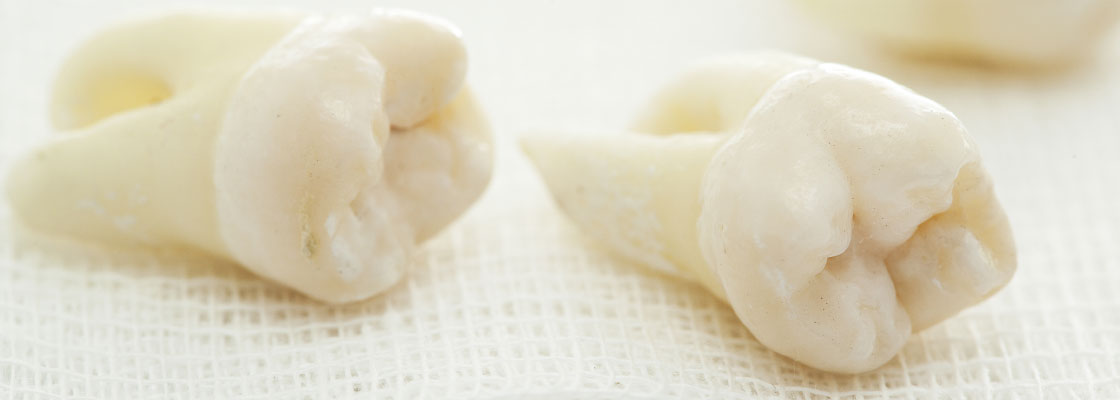How is a tooth removed?
Once the tooth and surrounding tissue is numbed, the tooth is loosened, and then removed with dental forceps. Depending on the anatomy of the root, the tooth may be sectioned into several pieces and those pieces removed separately. Here are a few things you should expect to hear and feel:
- Pressure – you will feel a lot of pressure as the tooth is loosened. While this part may not be comfortable, it should not be painful. If there is any sharp pain, the tooth is then given more anesthetic to make you more comfortable.
- Sharp noises – while the tooth is being loosened, you may hear popping with the occasional crack. These are normal sounds from the periodontal ligament separating as the tooth is loosened. If the tooth is weak due to rot or fracture, it may break into several pieces during the extraction process.
If you need a tooth removed and have dental anxiety, speak to your dentist about sedation dentistry. There are multiple options available to ensure you have a positive experience.

How can I prevent a dry socket?
There are several things that can be done to prevent a dry socket, all of which aim to leave the clot undisturbed so it can heal properly. The blood clot, which forms shortly after the extraction, signals the start of the healing process. If the clot is dislodged within a few days, it will lead to a painful condition called a dry socket. Below are some tips to avoid a dry socket.
- Avoid smoking as the pressure caused from inhaling can dislodge the clot. Additionally, the smoke and chemicals restrict blood flow, slow healing and may even cause an infection.
- Avoid straws or anything that creates pressure inside the mouth such as whistling, spitting, or coughing.
- If you need to sneeze, do not hold it in. Rather let the sneeze go to minimize the intra-oral pressure.
- Avoid vigorous exercise or labor. Increased internal blood pressure due to exercise or labor can pop out the healing blood clot. This may require proper planning around your work schedule.
- Eat soft foods such as mashed potatoes, yogurt or soups. A general rule of thumb is to eat foods that don’t require you to chew.
- Use proper hygiene, including gently rinsing with an antibacterial mouthwash or salt water, to keep the area clean. Do not vigorously swish, but instead roll your head around to let the mouth rinse gently flow over the extraction area.
- Follow your doctor’s instructions to properly take care of the extraction site and allow for proper healing.